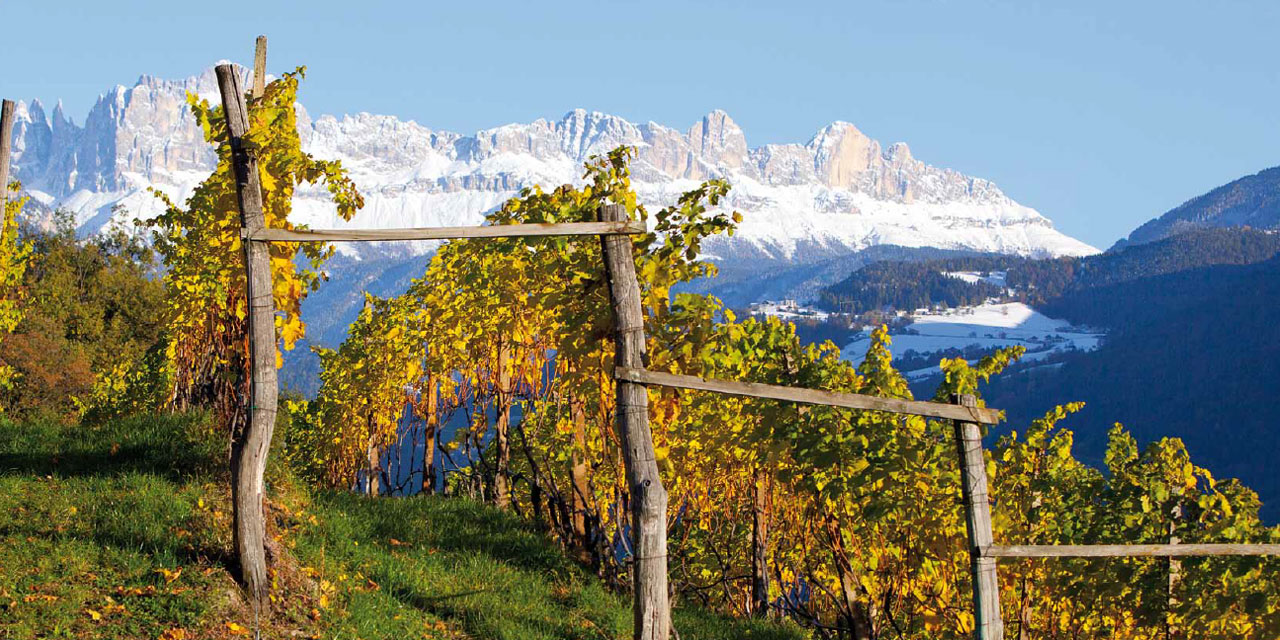I have been flailing around about what to write about recently until I read a thread on a well-known wine educator’s page. It was a classic lemon-sucking post, pooh-poohing the word terroir as being a term used lazily by growers to market the ineffability of their wine. Wine, of course, is (went the argument) 100% about the winemaking, its flavours derive solely from the microbiological and chemical transformations. The rest is whimsy. That was the gist. As joyless as the winter days which bound the earth under bands of iron and let no living thing or creeping herb rejoice or procreate.
Terroir is the myriad interactions between the vine and its surroundings and the stimulation it receives
Tens of thousands of un-lazy vignerons, importers and consumers might beg to differ with this broad assumption. To them wine is more than the mere result of chemical process. The grapes come from vineyards located in a specific place and farmed in a specific manner. Terroir, as we understand it, is both aggregation of physical factors and concatenation of events. It is that ineffable combo of soil and undersoil, the climate of the row, the block, the vineyard, and the micro-region. It is the aspect and orientation and the altitude. It is the specific pattern of the weather influences that year, the degree days, the variations between day and night, the quality of the light; the sun and the rain. It is the variable population of yeasts in that vineyard, the quality of work in the vines, the management of the canopy, the due care given to individual vines, the method of pruning. Terroir, in the end, is the myriad interactions between the vine and its surroundings and the stimulation it receives. As the vine’s roots plunge into the soils, they derive nourishment from microorganisms and bacteria, and begin to create building blocks for the wine. The farmer can assist in creating the preconditions for these interactions and then nurture them by a host of means.
This is the first step. The grapes are the material. If you doubt it, taste the difference between grapes, or apples or any unprocessed/raw product of nature to be able to tell the difference and to understand origin.
I never met a vigneron who did not have a compelling definition of terroir. Some definitions have been lyrical, others clear-eyed and scientific.
Winemaking transforms grape material. Fermented grape juice is an excellent vector for the nuances of terroir. Our palates can detect differences between one wine and another. Given that conventional winemaking uses finite options (neutral or selected yeasts, corrective additions) those differences will be minimised. Natural wines celebrate the distinctiveness of individual terroir. Transformations are achieved with a nudge here and a steer there of physical intervention rather than chemical addition. The lees (the yeasts) that helped to animate the wine are left in contact with him for as long as possible. Vignerons prefer not to strip away the unique elements in the wine that would help to express to the maximum of their vineyards and conventional winemaking techniques that ensure the cleanliness of the product serve only to denature the wine and remove any element of terroir.
Our real hypothetical curmudgeonly wine educator is having none of this. He would assert that terroir is superstitious twaddle, a romantic notion, a marketing scam. Whereas the French or Italian or Spanish grower who has been farming the land for year would be able to describe in intimate the flavour pick-up in their wines from the vineyard, our wine educator would assert that there is no scientific basis for this, and it is all the product of wishful thinking. Science, however, is borne out of continuous observation as well as the primacy of instinct. Those that work the land have a relationship with – and an understanding of – their surroundings that naturally goes far deeper than those who merely write about wine as a subject concerning a consistent product which they see as a bunch of chemical and microbiological transformations.
The more one tastes wines the more one begins to identify similarities and differences. Origin matters. A wine made from a vineyard block that is some twenty metres away from another, made in precisely the same way, will always be slightly different and taste different. That is terroir speaking. Interventionist winemaking may obviate these nuances; it is certainly easier to undo terroir than to capture its subtleties.
I never met a vigneron who did not have a compelling definition of terroir. Some definitions have been lyrical, others clear-eyed and scientific. Places have personalities. Locations of vineyards are chosen and mapped for a reason. Linking grape to place, and wine to grape to place, is what drives the points of difference between wines. (The real points of difference). One thing is for sure. If our wine educator denies the existence of terroir, then he might as well give up teaching the subject. If you are not going to acknowledge terroir, then why acknowledge history, culture, or even farming as contributory factors to the way that wines turn out?



